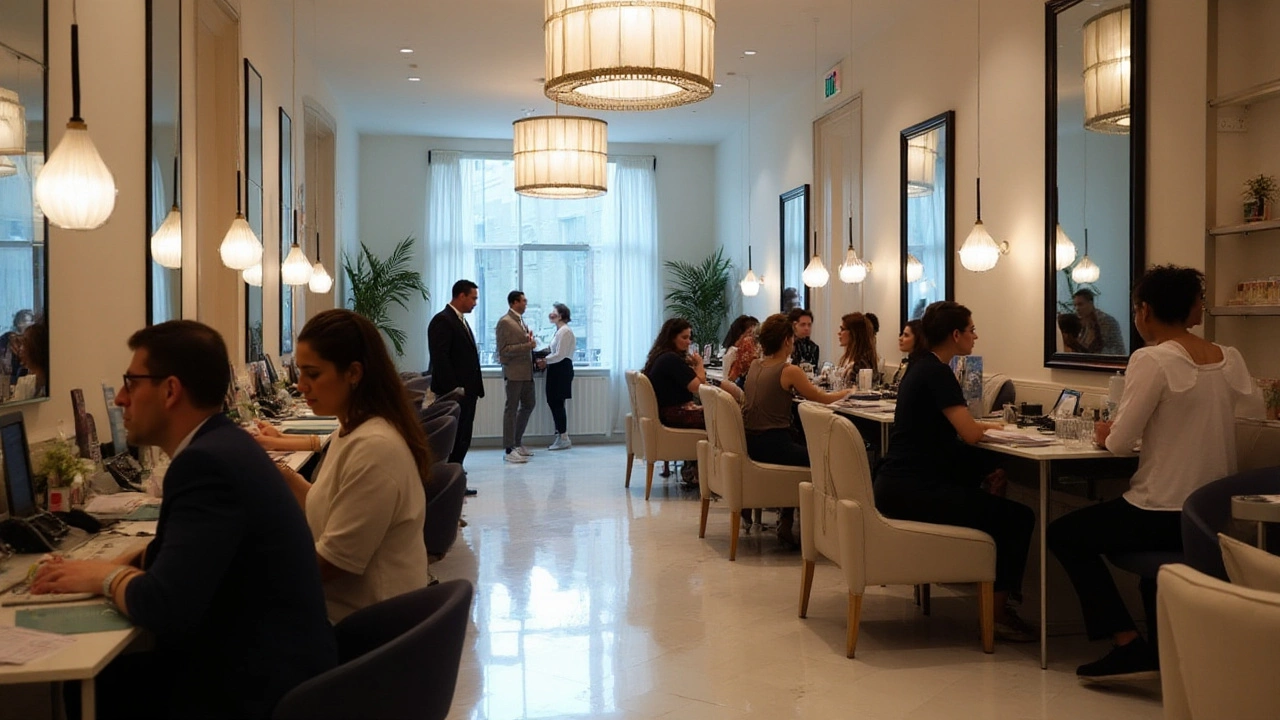Botox Usage: Benefits, Risks and How It Works
Ever wondered why Botox pops up in beauty magazines and doctor’s offices alike? It’s not just a wrinkle‑smoothing trick – it’s a versatile tool that can treat everything from migraine headaches to excessive sweating. Below we break down the basics, so you know exactly what you’re signing up for.
Common Uses of Botox
First up, the cosmetic side. Most people think of Botox as a quick fix for frown lines, crow’s feet, or a forehead that looks a bit too expressive. A few tiny injections relax the muscles that cause those lines, and the skin smooths out over a few days.
On the medical front, Botox has earned a solid reputation for a handful of stubborn conditions. It can block pain signals in chronic migraine sufferers, stop the overactive sweat glands that cause hyperhidrosis, and even ease muscle spasms in people with cervical dystonia. In each case, the goal is the same: temporarily pause the nerve signals that cause the problem.
What to Expect During a Botox Session
Walking into a clinic for Botox isn’t a high‑tech ordeal. After a quick consultation about your goals, the practitioner will clean the area and use a fine needle to deliver the drug. The whole process usually takes 10‑15 minutes for a typical facial treatment and a bit longer for medical applications.
Most people report only a mild pinch or a brief sensation of warmth. Because the doses are tiny, you won’t feel numb or need any downtime. You can usually return to work right away, though it’s smart to avoid heavy exercise or lying flat for a few hours to keep the product from moving.
Results start to show within three to five days, with the full effect appearing around two weeks. The effects aren’t permanent – they wear off in three to six months, depending on the area treated and your metabolism. That means you’ll need regular touch‑ups if you want to keep the look or relief.
Safety is a top priority, and Botox is one of the most studied injectables on the market. Side effects are rare, but they can happen. The most common are tiny bruises at the injection site, a mild headache, or temporary drooping if the toxin spreads to nearby muscles. Choosing a qualified professional who knows facial anatomy dramatically cuts these risks.
After the session, keep the treated area clean and avoid rubbing it. If you’re getting Botox for medical reasons, follow any extra instructions your doctor gives – for instance, staying upright for a short period after neck injections.
Cost can vary widely. Cosmetic Botox typically runs between £150‑£250 per treatment area in the UK, while medical uses may be covered by the NHS or private insurance, depending on your condition. It’s worth asking for a clear price list up front so there are no surprises.
Finally, a quick FAQ:
- Is Botox painful? Most describe it as a quick pinch, not a full‑blown pain.
- Can I get Botox if I’m pregnant? No – it’s safest to wait until after birth.
- Do I need to shave the area? No, the needle is fine enough to go through hair.
- How often should I book repeat sessions? Usually every three to four months, but your practitioner will tailor a schedule to your needs.
Bottom line: Botox is a reliable, low‑risk option for both aesthetic tweaks and specific medical issues. If you’re curious, schedule a consultation, ask lots of questions, and decide if the benefits line up with your goals. With the right provider, you’ll walk out feeling confident and informed.

Which Country Tops the Botox Usage Charts? Insights into Global Cosmetic Trends
Diving into the world of aesthetic enhancement, we explore which country leads in Botox usage. This article outlines various factors influencing the popularity of Botox, industry trends, and the cultural attitudes towards cosmetic procedures. Insightful statistics and expert opinions paint a lively picture of the global Botox landscape. Readers will gain a well-rounded understanding of the motivations behind choosing Botox, how it is changing the face of cosmetic surgery, and which countries are at the forefront of this trend.
Categories: Cosmetic Surgery UK
0
